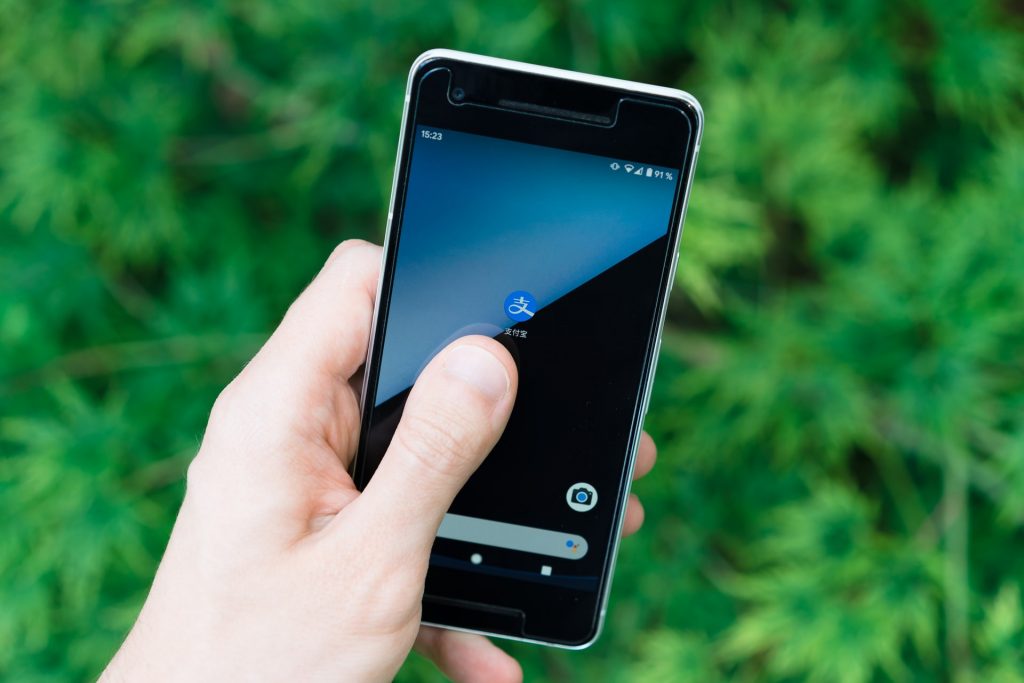Can you remember the time when you forgot your wallet at home? Do you remember how annoying it was to go back home to pick it up after you already crossed half of the way? Or the time when you forgot to bring your car keys downstairs and had to run back home to get them?
Quick Links
But, can you think of the moment when you forgot your phone at home? You cannot, right?
Since they became widely available to the general population, our mobile phones slowly turned into our extended hands. They are so immersed in our daily lives, we forgot how the life before them looked like. We got so used to the fact we can check almost any information within seconds, get in touch with people miles away – even checking on work emails during our commute.
But the biggest convenience of mobile phones is yet to reach the global scale. We’re talking about mobile payments, and the benefits they’re about to bring to end-users, elevating the quality of our lives to a whole other level.
Mobile payments aren’t recent, but they’re still not a primary payment option. And since many aren’t familiar with the concept of mobile payments, and the vast opportunities they bring to consumers and sellers, we decided to give you an overview on what Direct Carrier Billing is, how it works, and which benefits it brings.
What is Direct Carrier Billing?
Direct Carrier Billing, or shortly DCB, is a mobile payment method that allows consumers to make purchases by charging their phone bill. This solution can work both on phones, computers and smart TVs which makes it fairly easy and allows faster checkout compared to any other payment method. This payment method enables customers to purchase products from third-party vendors, without having to use their bank cards. To make a purchase, users just need to have a mobile device and a SIM card.
Because of that, Direct Carrier Billing (DCB) can become a preferred payment choice for those who do not possess a credit card.
How does carrier billing work?
To complete a transaction, DCB usually requires two-factor authentication. Customers enter their phone number, and receive a one-time password via SMS to complete the payment. By following these steps customers can rest assured their data and money are safe since the customer has to have a device in hand to complete the process.
What are the benefits of direct carrier billing?
Let’s see what the benefits of direct carrier billing for the end-user are.
- Anyone with a phone can make online payments. DCB, as an online payment method, allows users to make purchases, charging their payments to their phone bills, without them having to own or use a credit card.
- Works on a wide array of digital devices. One of the biggest benefits of DCB is the possibility to buy content on almost any digital platform, including computers, phones, tablets and Smart TVs.
- Faster checkout experience. A moment where we feel the biggest difference and benefit of DCB compared to other payment options is in the checkout process. DCB doesn’t rely on banking infrastructure and allows a more streamlined checkout process which, further, improves customer experience.
- Better conversion rates. The simplicity of DCB payment flow makes the customer payment churn lower. By making the checkout process faster and more efficient, DCB results in higher conversion rates and improved customer satisfaction.
- Consumer identity is protected. Direct Carrier Billing doesn’t require disclosing any personal data, minimizing the chances of identity theft. Customers just need to type in their phone number and verify it via the code they get from an SMS message to complete the purchase.
Which industry will benefit the most from DCB?
If we look at data, we will see that there are five times more mobile phones than credit cards. What’s more – most Europeans under 25 don’t have their own debit cards, making the gap between mobile phone usage and credit ownership even greater.
Carrier billing, DCB essentially, proves to be a good alternative to standard payment options. What’s more, with DCB merchants can acquire higher conversion rates, and it’s a safe process, for those who’re afraid of fraud.
The gaming industry will probably benefit the most out of DCB, due to the simplicity of payment it brings. What’s more, DCB is one of the most convenient payment options for game lovers since they can fit in different payment types, such as microtransactions, recurring payments, and bundles, which makes it perfect for casual spending.
Furthermore, in the gaming industry, DCB could serve not merely as another payment option, but as a powerful acquisition tool. If we think about it logically, we will realize that players will be more likely to stay in a game and spend more money if the payment process, after visiting the website or downloading the app, is fast. That said, DCB proves to be a good onboarding mechanism since it enables players to play games without setting up an account and registering a credit card.
We can find a practical example in Asia, where carrier billing has exploded thanks to the Golden Age of eSports and the diminishing popularity of credit cards. Many users are placing bets on their favourite team right in the middle of the match, using mobile phones.
Wrapping it up.
After everything we said, we can see how DCB will shape the future of payment for the better. Due to its wide array of benefits, such as the ease of use, increased safety compared to most common payment options, and convenience, we’re sure it will become the preferred payment option of many. Once again, we have to say the future is here, and we cannot wait for the whole world to see it!

